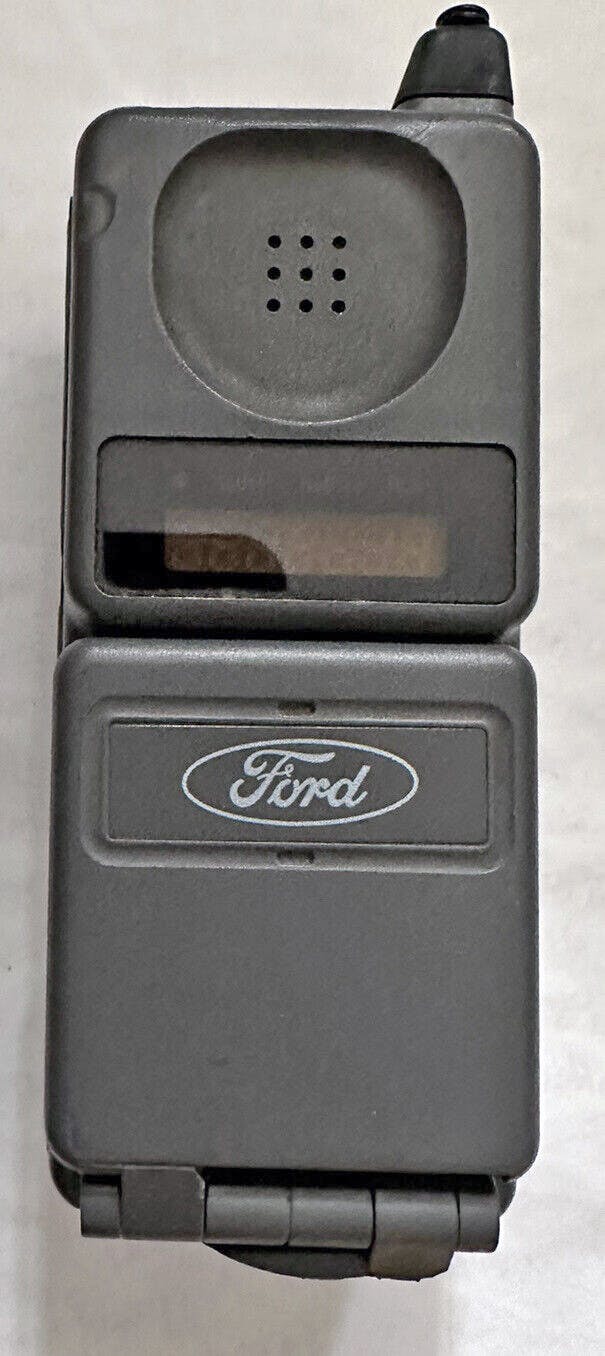Media | Articles
Piston Slap: New tricks for an old car phone (Part IV)

Jeff writes:
I came across your article that refers to my custom car phone+Bluetooth adapter project, and I just wanted to let you know that I made some major progress since you wrote about it! I finally got the OEM “hands-free controller unit” working for my car, and built a new prototype that makes the original car phone system fully functional again, complete with OEM hands-free integration with the stock radio, and the addition of modern voice dialing/commands.
And here’s an article on Hackaday.com that gives a good overview, too. Just thought you’d find it interesting. Let me know if you have any questions.
Sajeev answers:
(heavy breathing)
(falls off chair)
(regains composure)
I don’t know what’s more awesome for me, the fact that you made this magnificent creation or that you wrote into Piston Slap to share your latest update with my readers. No matter, the end result in your 3000GT is so close to perfection that I no longer miss the departure of the analog cellular network. The sheer volume of old phone functionality that remained with Bluetooth integration is mind blowing, not to mention all the perks of having a smart phone connected to your vehicle’s audio system!
Let me say it again: the end result of your Bluetooth integration is absolutely amazing. WOW. I guess the first thing I’d like to know is your thoughts around making a more universal Bluetooth adapter, and would you consider selling them to others?
Jeff writes:
I currently have no plans to make these adapters, but here is some more context on that:
- Just physically building the prototype was extremely tedious. It took me about 30-40 hours to build it, test it, and find/fix the mistakes I made (so many soldered connections, many opportunities for mistakes). So simply building more of these prototypes to sell is not practical, as the price would have to be in the thousands of dollars to make it worth the loss of my free time.
- My adapter works only with this one model of car phone (and one other known functionally identical model from Mitsubishi), because of how it directly interfaces with the handset and transceiver. So the market potential is extremely limited. I know of a handful of people that have this phone (without hands-free components) and would probably buy an adapter if I reproduced it. But it’s not worth the investment to “productionize” this adapter to sell only 10 of them.
- Selling adapters for other car phone designs requires going through the whole process again (obtain one of those phones, reverse-engineer it, develop different custom hardware and software to interface with that model of phone). I have not seen any evidence yet that there is any one particularly popular model of car phone with enough market potential to be profitable. Well, profitable for me to invest many hundreds of hours into developing another prototype, then an unknown amount of time and money into putting it into production.
- The most reasonable possibility is that I may decide that I want to refine my adapter for my own personal enjoyment, and learning how to design PCBs, 3D modeling (for a 3D-printed enclosure), etc. If that happens there could be a point where it would be fairly easy to reproduce more, then I would consider selling them.
Sajeev replies:
I’d like to think that Motorola underpinned a lot of vintage USA car phones from the 1990s with the same engineering as its MicroTAC I and II as a foundation. If so, that would make scaling up your production a bit easier and open up the floodgates to would-be buyers in their GM, Ford, and Chrysler products. But then again, that’s a big if.
And thinking out loud is just that, as I clearly put very little thought into this notion. No matter, we aren’t done with Jeff just yet. Stick around for next week’s Piston Slap, as we will have the rest of this conversation for your reading pleasure.
Have a question you’d like answered on Piston Slap? Send your queries to pistonslap@hagerty.com—give us as much detail as possible so we can help! Keep in mind this is a weekly column, so if you need an expedited answer, please tell me in your email.
***
Check out the Hagerty Media homepage so you don’t miss a single story, or better yet, bookmark it. To get our best stories delivered right to your inbox, subscribe to our newsletters.
Marketplace
Buy and sell classics with confidence















Well… Jeff could go the Linux model and just share his plans with the universe?
Maybe there is a way to do that with a caveat (that’s actually legally enforceable) that you can use/extrapolate from it for free if for personal use, but Jeff gets a cut if you monetize it?
(Hey I don’t know patent laws, etc. –but unlocking old tech to more use is great for many reasons).
My project is already open source, free for personal use: https://github.com/UselessPickles/diamondtel-m92-bluetooth
There’s also a forum thread where I documented my progress: https://www.electro-tech-online.com/threads/making-a-bluetooth-adapter-for-a-car-phone-from-the-90s.162764/
I salute you.
Maybe that sounds corny, but the sentiment is genuine.
very impressed!
Very cool! Also love your VR-4. Underappreciated cars!
It’s this kind of knowledge and tenacity that makes me think “right to repair” legislation might be unnecessary after all.